The Car Is a Family Member
It’s rare for a car to remain in the same family for half a century. But that’s the case with Jan-Olov “Janne” Svensson and his 1974 Dodge Challenger. The Dodge even has a few nicknames of its own, like “The Mailbox” and “The Piggy Bank.” But we’ll get back to those – this Challenger has many more stories to tell.
April 1975. On the docks of Frihamnen, in the Swedish capital of Stockholm, sit several cars, including a DeTomaso Pantera with its V8 placed on a pallet beside it – and a 1974 Dodge Challenger. Yellow. Equipped with a 360-cubic-inch V8. Both cars have been imported to Sweden from West Germany by a man named Olle Westin.
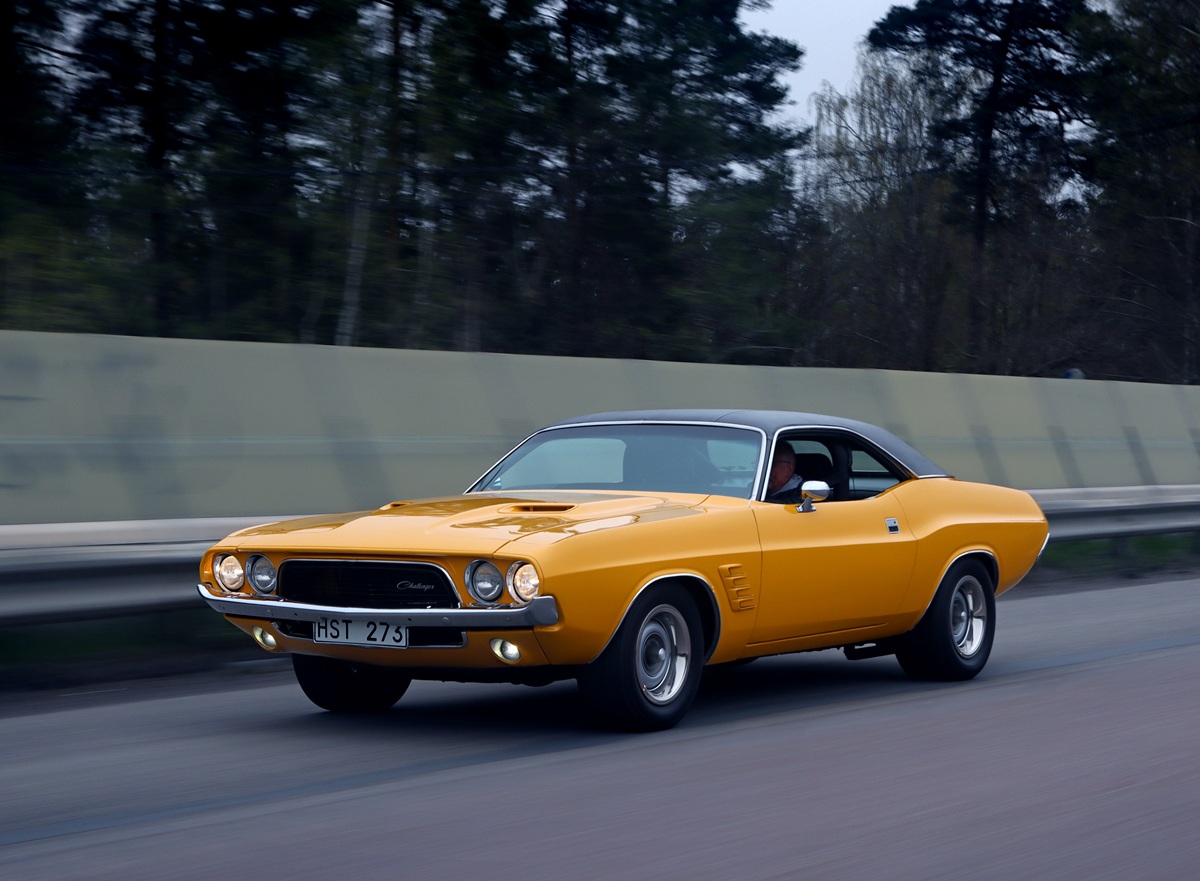
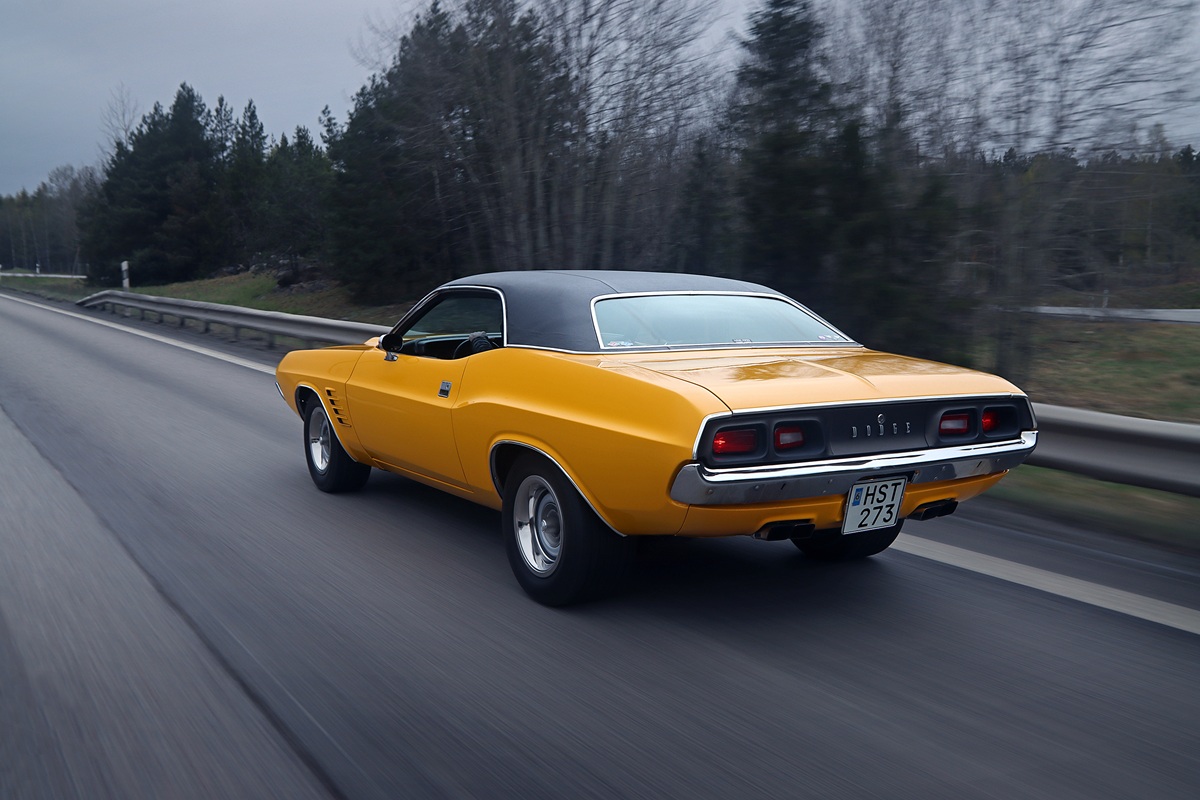
“That’s when my brother makes his move,” Svensson says. “Lars-Gunnar Svensson buys the Challenger on April 14. It costs 28,500 kronor, around $2,850″.
He goes on to say that, like many others, his brother Lars-Gunnar had seen the 1971 film Vanishing Point a few years earlier. The memory of the white Challenger stuck. The yellow one wasn’t the same model year as the film car, but back then, especially in small Sweden, people had to settle for what they could get – when they could get it.
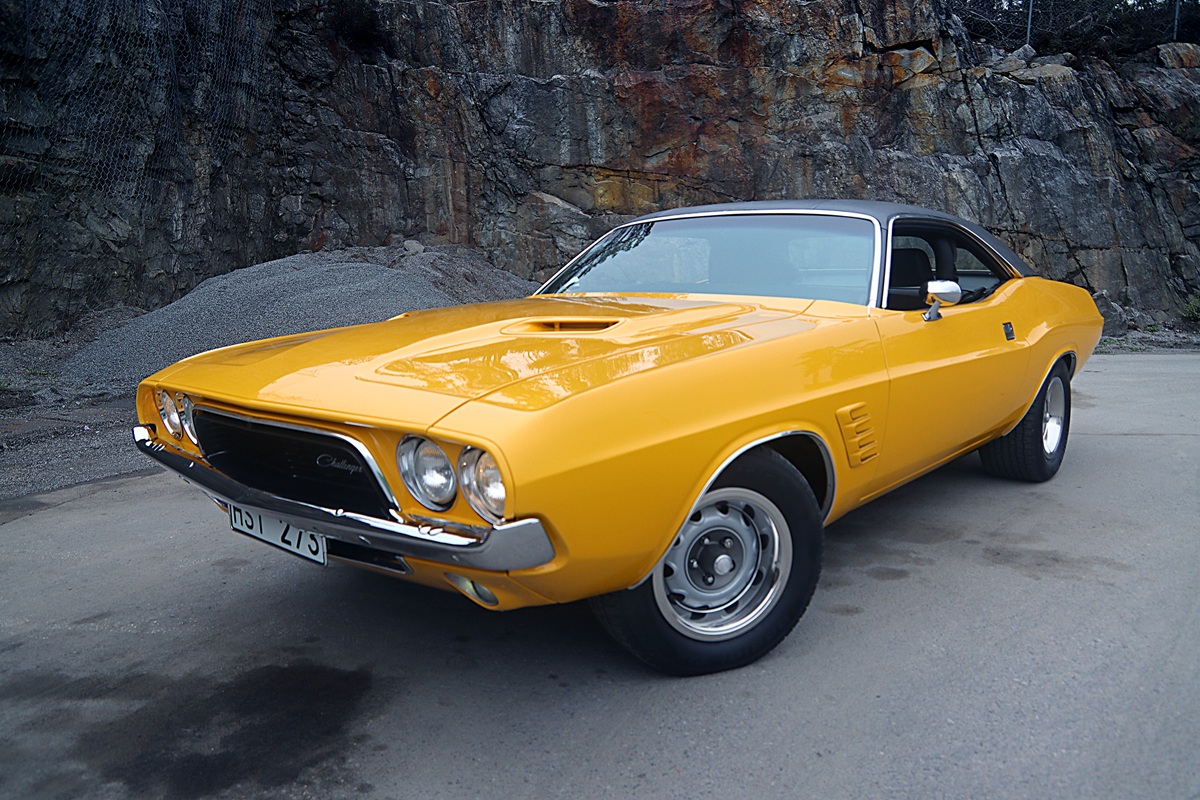

Lars-Gunnar Svensson, born in 1953 and 22 years old at the time of the purchase, enjoyed several great years with the Challenger. It didn’t take long before Jan-Olov Svensson, born in 1960, started joining his brother in the car. The younger Svensson especially remembers turning 16 and being allowed to join his brother and his friends on trips into the city in the Dodge – living up to the nickname his mother had given him.
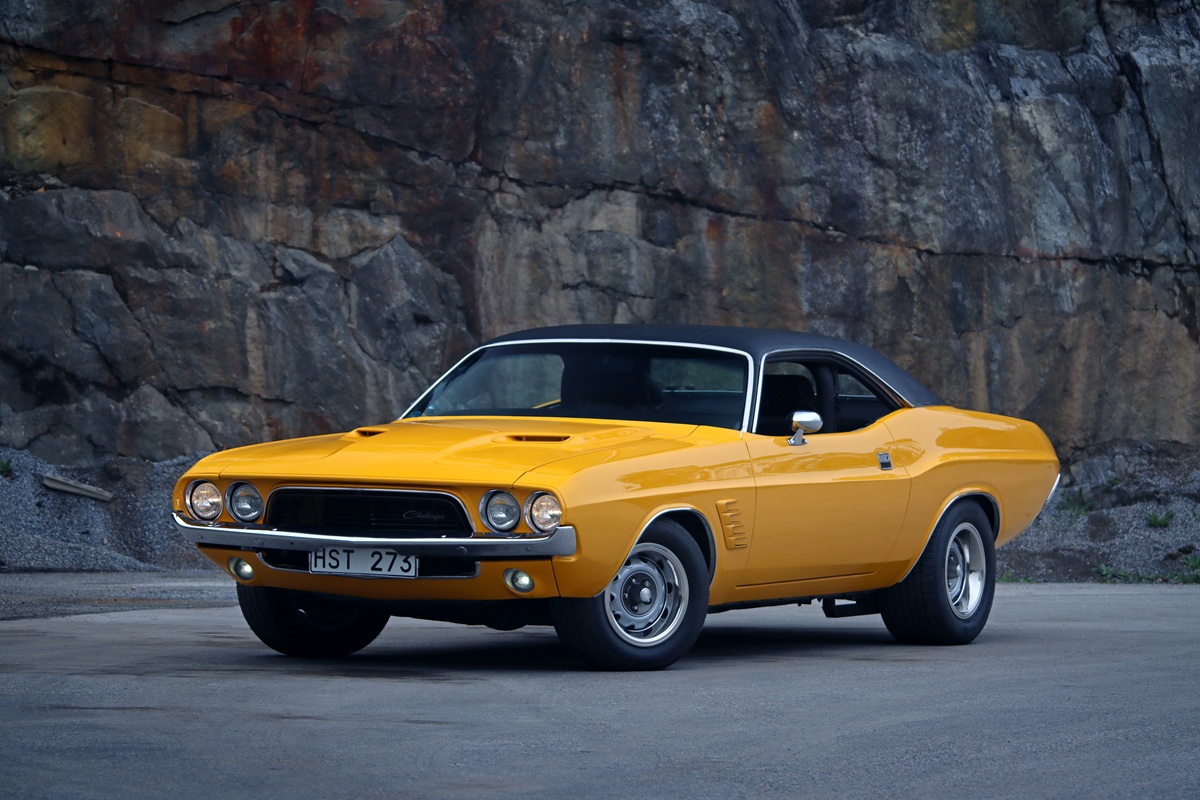
“Not many people call me that anymore, but it’s true. When I was about a year old, my mom started calling me ‘The Shadow,’ because I followed my brother everywhere he went. He was kind enough to let me tag along. When I was 15 or 16, there were six of us in the Challenger when we drove into town. I had to sit on the transmission tunnel up front, between the seats. I remember it being really hot – I probably didn’t have a hair left on my butt. But it was incredibly cool to hang out with the older guys. If I got lucky, I even got to shift gears,” Svensson says, smiling.
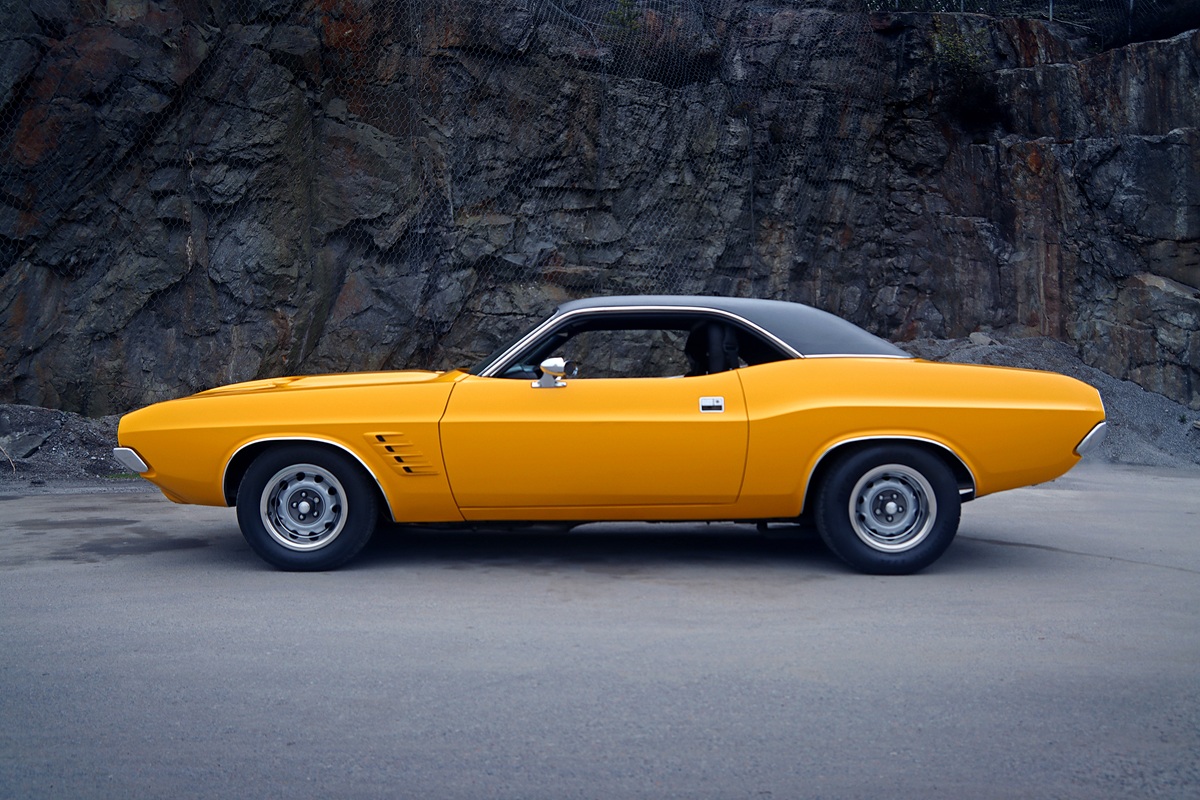
Eventually, Lars-Gunnar started a family and planned to sell the Challenger. Jan-Olov Svensson recalls that his brother had tried to sell the car to a few dealerships in the late 1970s. No one offered more than 5,000 kronor – roughly $500.
“On April 12, 1982, I buy the Dodge from my brother – for the same price, 28,500 kronor (about $2,850), that he had paid seven years earlier,” Svensson says. “By that time, I had picked up a crashed 1971 Challenger with a 318-cubic-inch engine and a 904 transmission. It wasn’t a hard decision which one to keep.”
Naturally, he kept the one with the 360. Manual four-speed, an A833. Yellow and glorious. A family gem, well worth taking over and building on. And racing with, too.
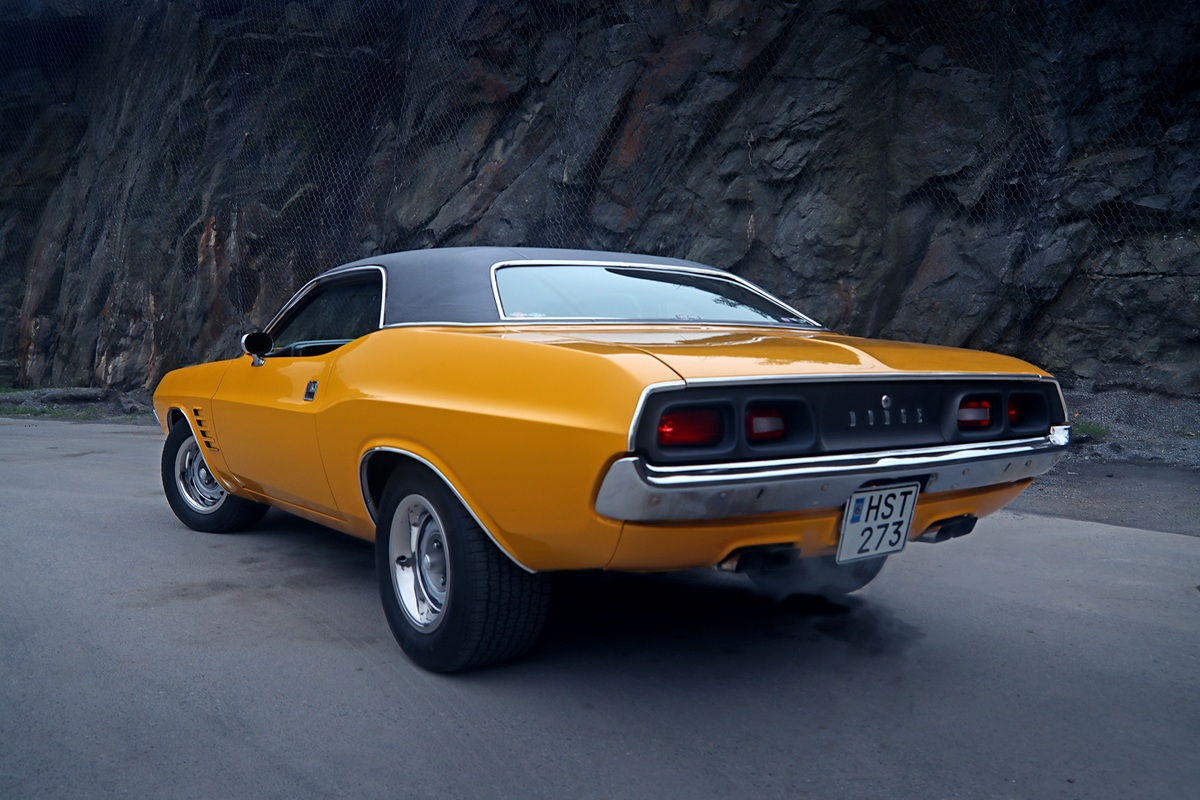
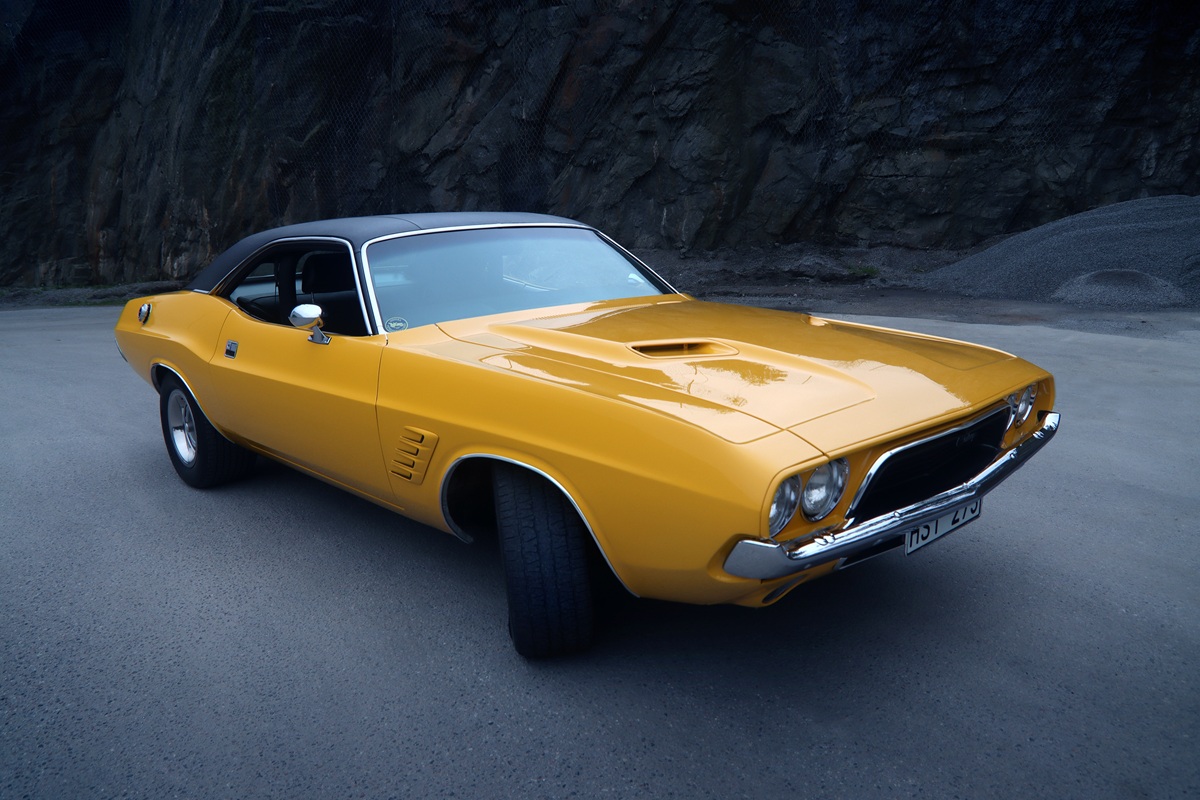
Before long, the 360 was pulled out. In went a 340-cubic-inch V8 from 1968. A nitrous system was added. Svensson began running street races – Sweden’s biggest-ever street racing event, the Stockholm Open, held annually for 43 years and known even outside the country.
“I raced the Challenger in the Stockholm Open from 1982 to 1986,” Svensson says. “I was eliminated in the second or third round every year, but it was fun. I particularly remember one year when I got beaten by a turbocharged Opel. I got flustered, fiddled with the nitrous, and spun out,” he says with a grin.
In the middle of the street racing days, the Challenger received a roll cage. Svensson remembers it vividly. He still has all the receipts neatly organized in a large binder.
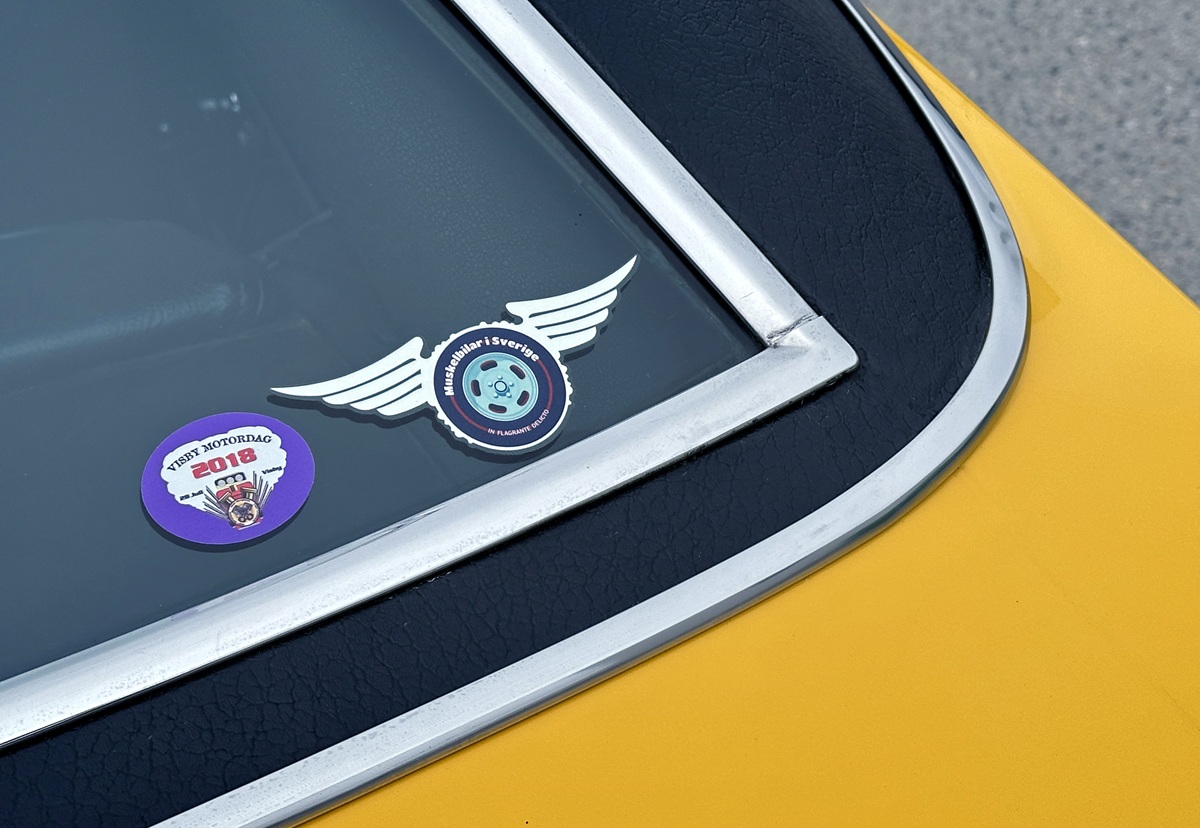
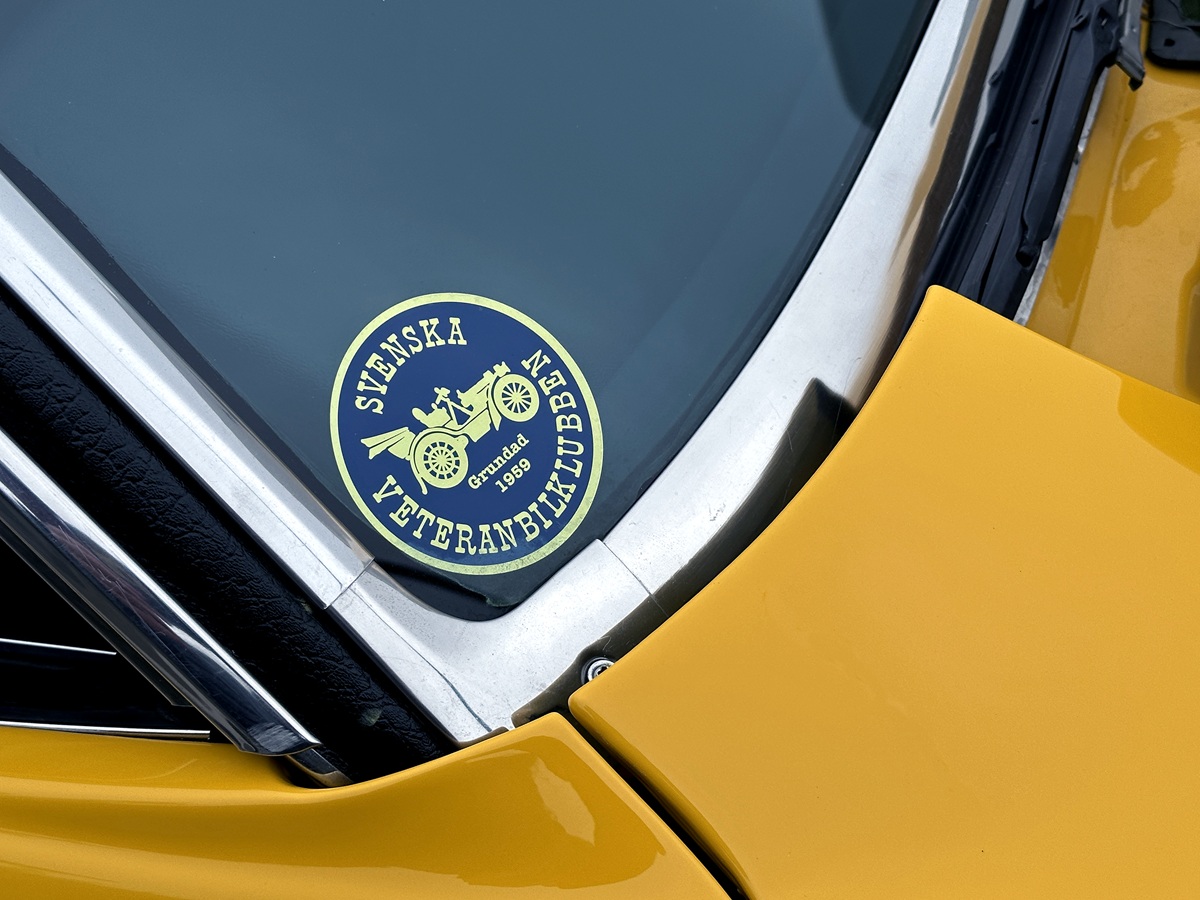
“On May 27, 1983, I bought the tubing for the cage. I also borrowed a pipe-bending machine. I remember that summer we went to Gotland. Did some swimming. We’d dry our swim trunks on the power antenna and the towels on the roll cage.”
The power antenna is long gone now – along with many other details. All four side marker lights have been filled in. The fender-mounted turn signals have been shaved. The 360 Four Barrel and Dodge emblems are gone. The door gaps have been aligned to perfection, and both front and rear bumpers have been tucked in toward the body.

The car is now inspection-exempt. In Sweden, vehicles become exempt once they’re over 50 years old and have passed their final inspection. That means the owner is fully responsible for ensuring that everything works – brakes, steering and so on. Svensson recalls how things used to be – not exactly a breeze.
“A lot of original parts from the U.S. weren’t approved in Sweden back then. The color of the turn signal lenses, for example. Or the marker lights. If you kept the bulbs in, they had to be amber. If you removed them, red was OK in the rear. You also had to change the side mirrors – they needed to be collapsible
in case of a collision. And install rear mudflaps… I remember it could take half a day to prep the Challenger for inspection and just as long to put all the fun stuff back,” Svensson says with a chuckle.
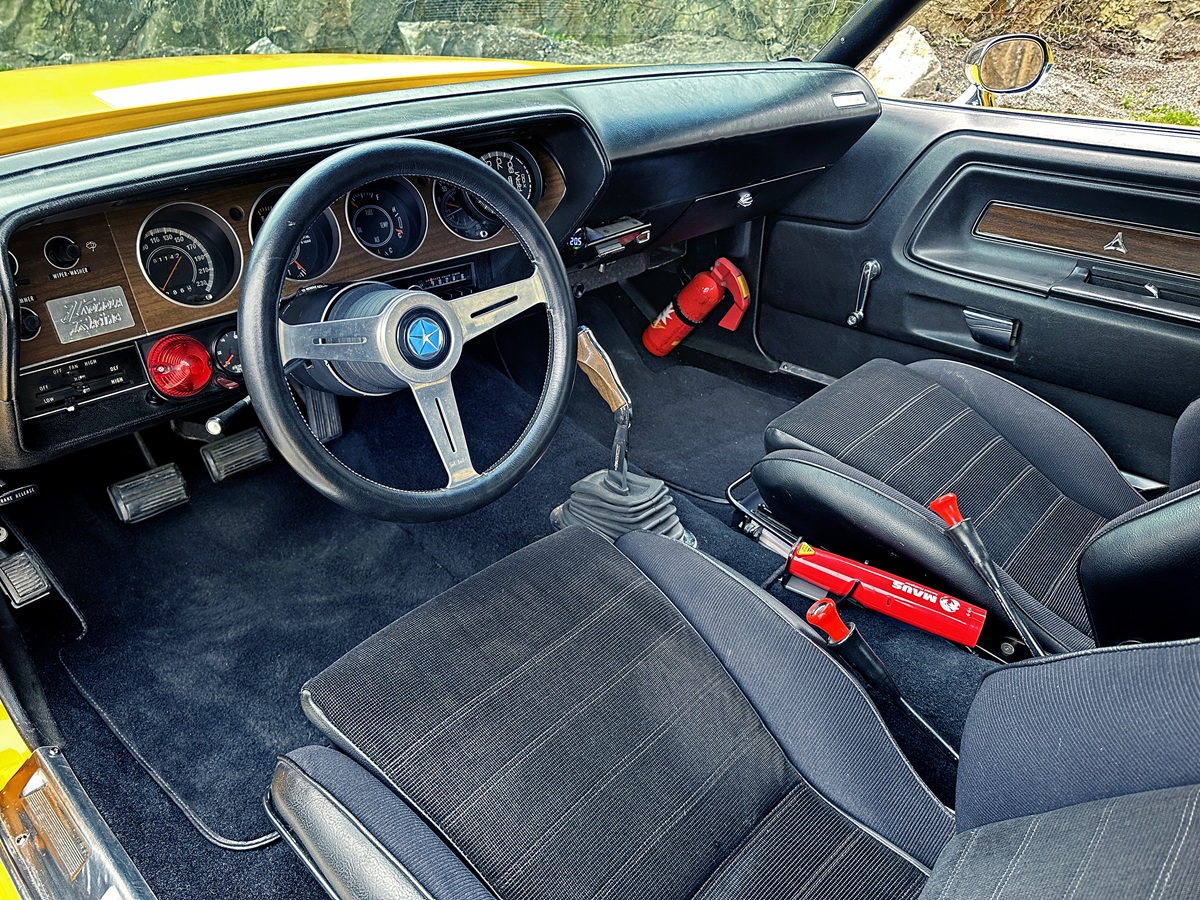
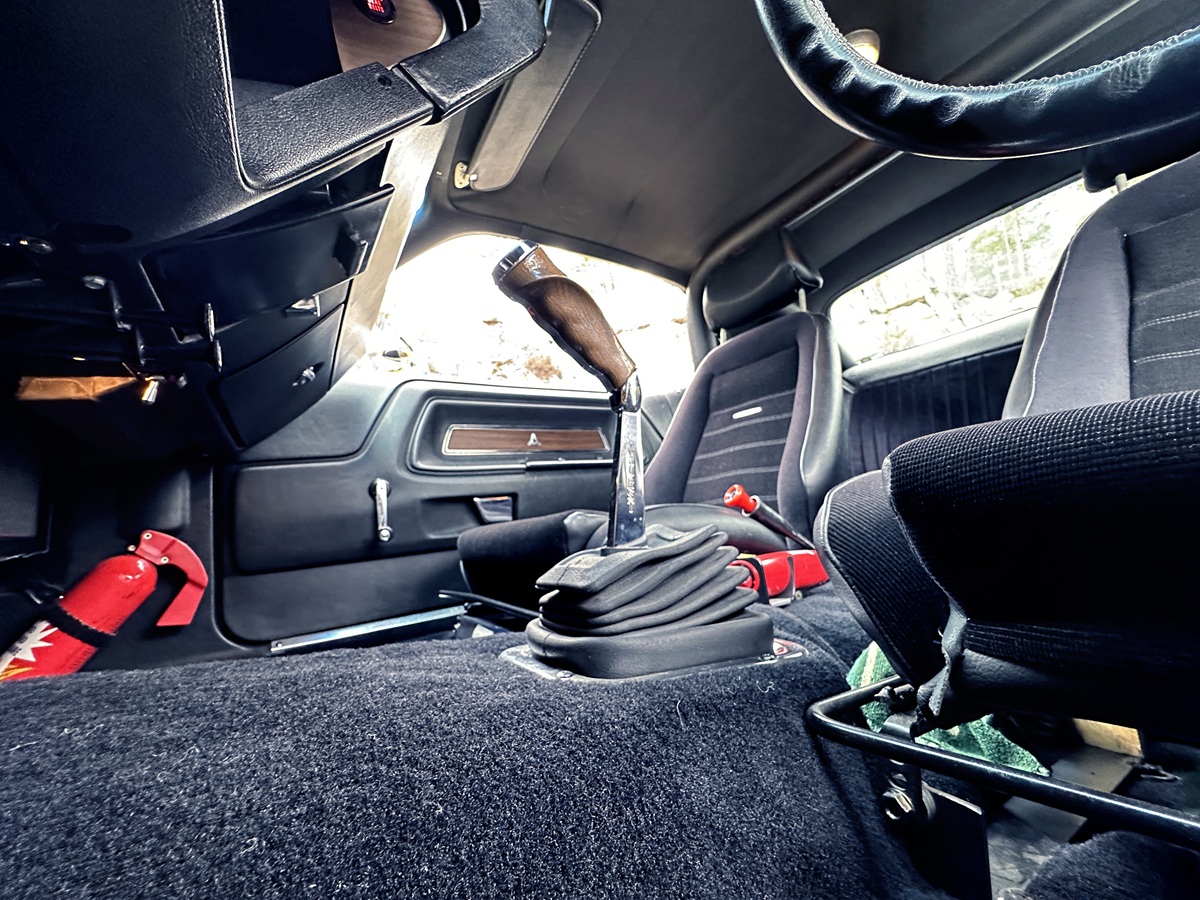
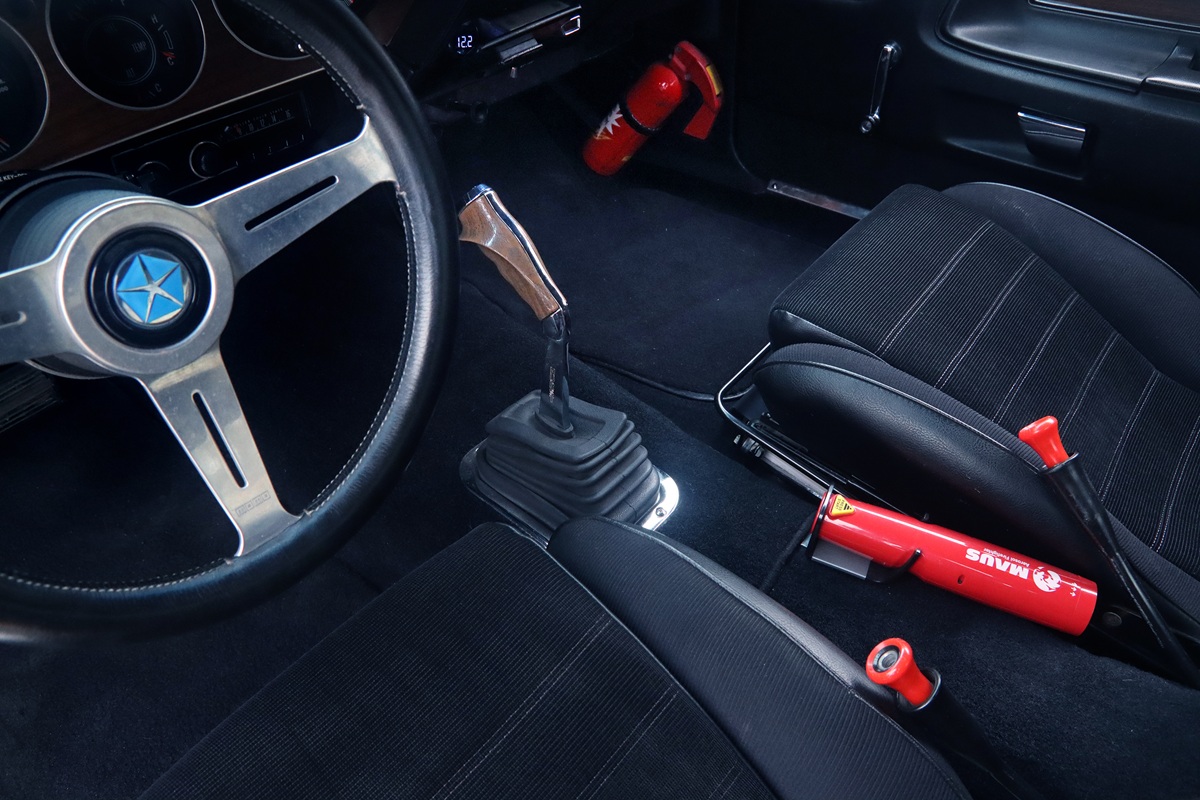
Lots of talk about the details – but what about the engine and drivetrain? Those are critical components for any muscle car.
After trying nitrous and a lively 340, Svensson dug up the original engine. Turned out the 360 had pressed piston pins – one of which had come loose and scored a deep gash in the cylinder wall. After consulting with one of Sweden’s top engine builders, Jari Konola, the block was bored 0.060 inches and fitted with a
stroker crankshaft. The result? 433 cubic inches of displacement.
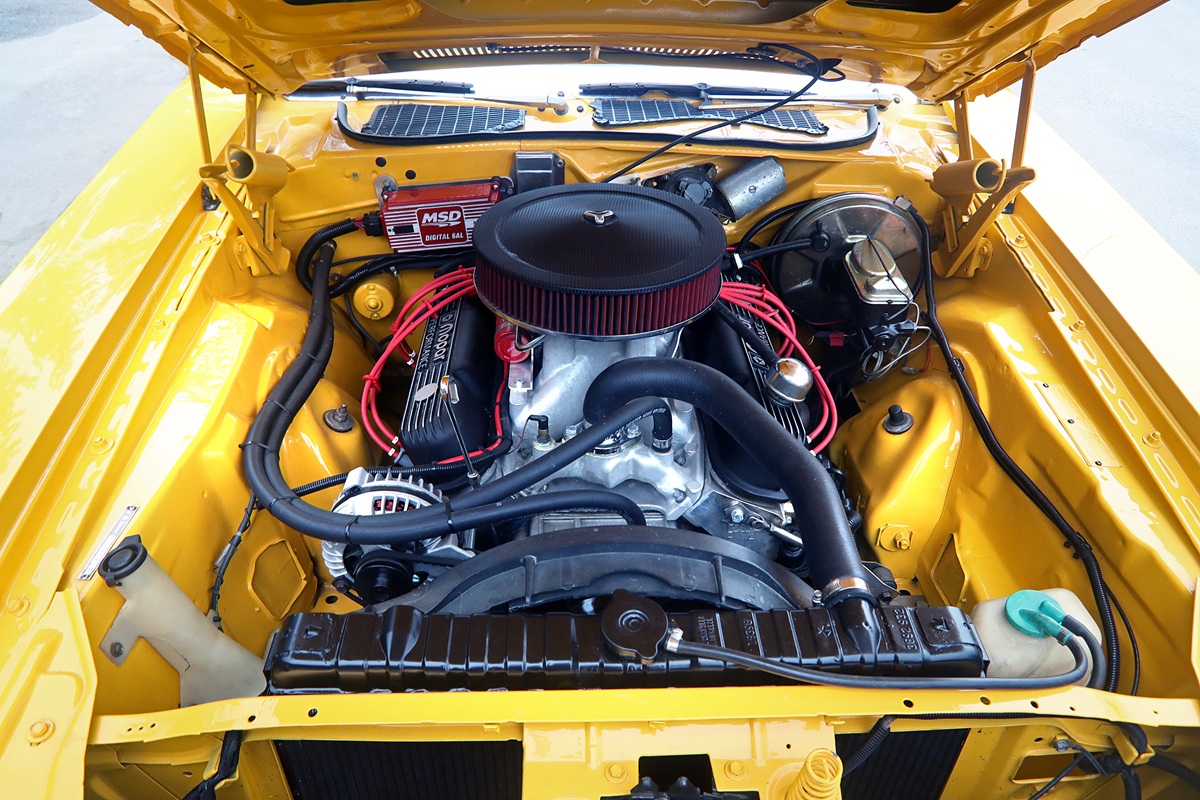

“The V8 now has Indy cylinder heads and a 750-cfm Holley carburetor. Roller camshaft, too. The intake is a bit taller than stock, so it was a real pain to fit a proper air filter. There’s maybe five millimeters of clearance between the filter and the hood. That’s why I’ve secured the engine with a turnbuckle – to keep it from lifting too much under throttle and hitting the underside of the hood.”
Power figures? 570 horsepower, 767 newton-meters. Dyno-proven.
“Enough to make you crap your pants when it hooks up,” Svensson says with a chuckle.

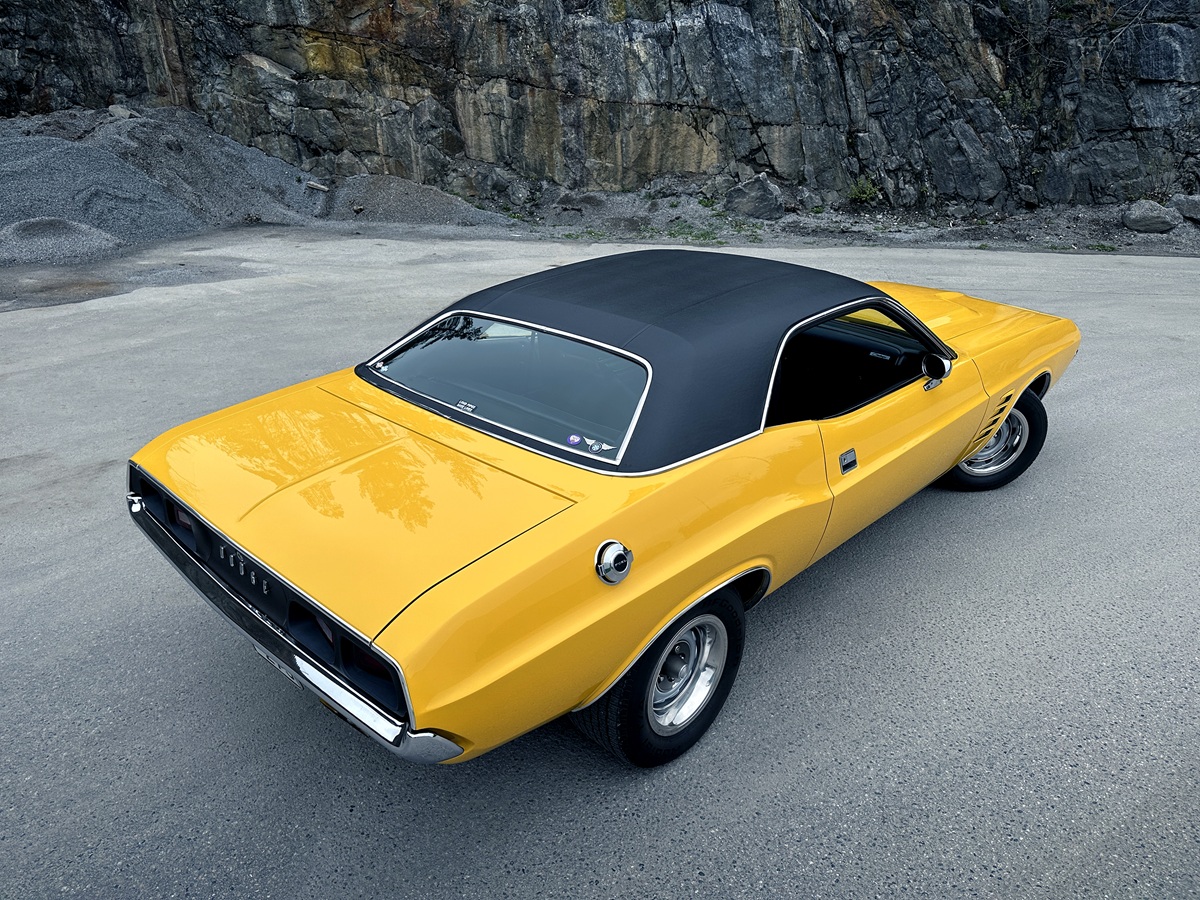
Konola, who built and tuned the engine, says it’s good for close to 9,000 rpm. Svensson has taken it to 7,000, and that’s enough.
“There’s not much more power to be gained higher up anyway. People say it sounds a bit like a Ferrari engine at those revs. It’s a shame you can’t be outside the car when you’re flooring it – just to listen,” Svensson says warmly.
He adds that dropping a big-block in the Challenger – like a 440 – was never really on the table.
“I like high revs. And I remember the weight distribution doesn’t turn out so great with a big-block up front. At least not in my opinion.”
The Dodge has always had a manual. First a four-speed A833, now a five-speed Tremec TKO 600.
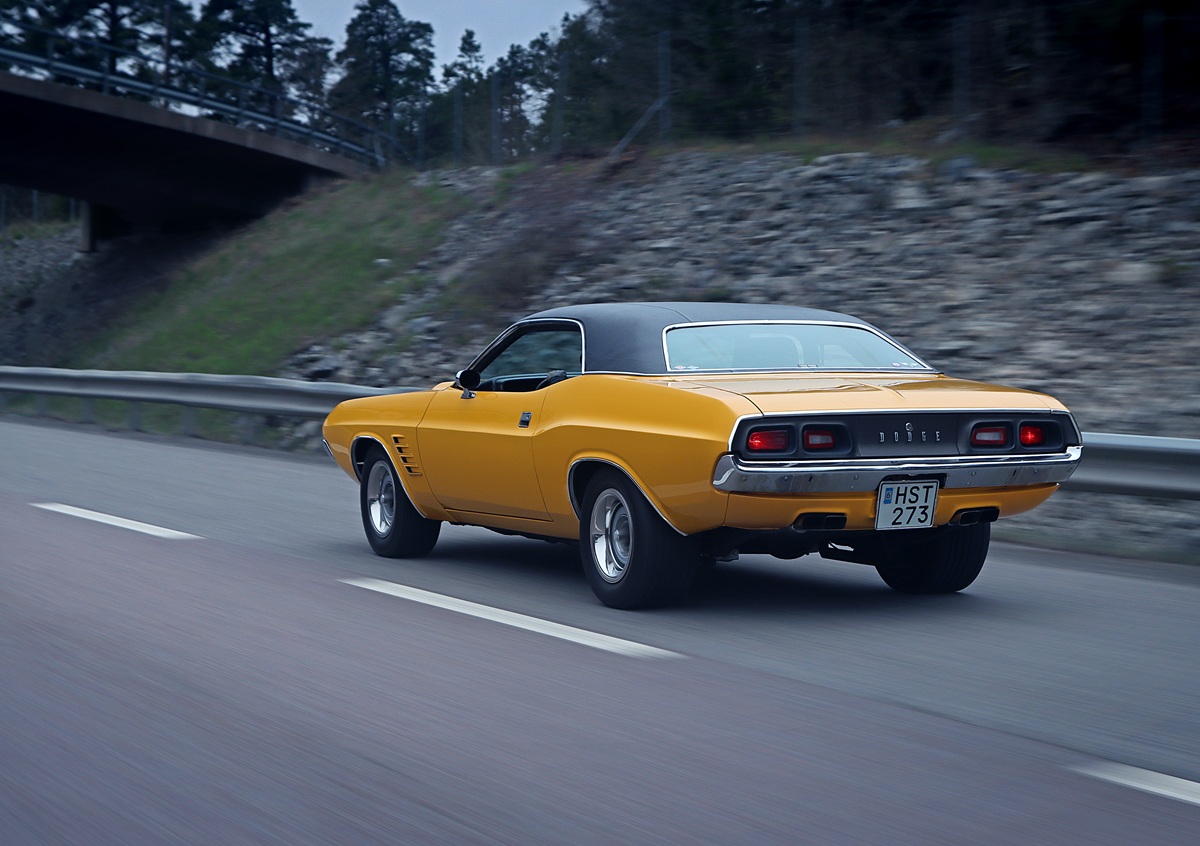
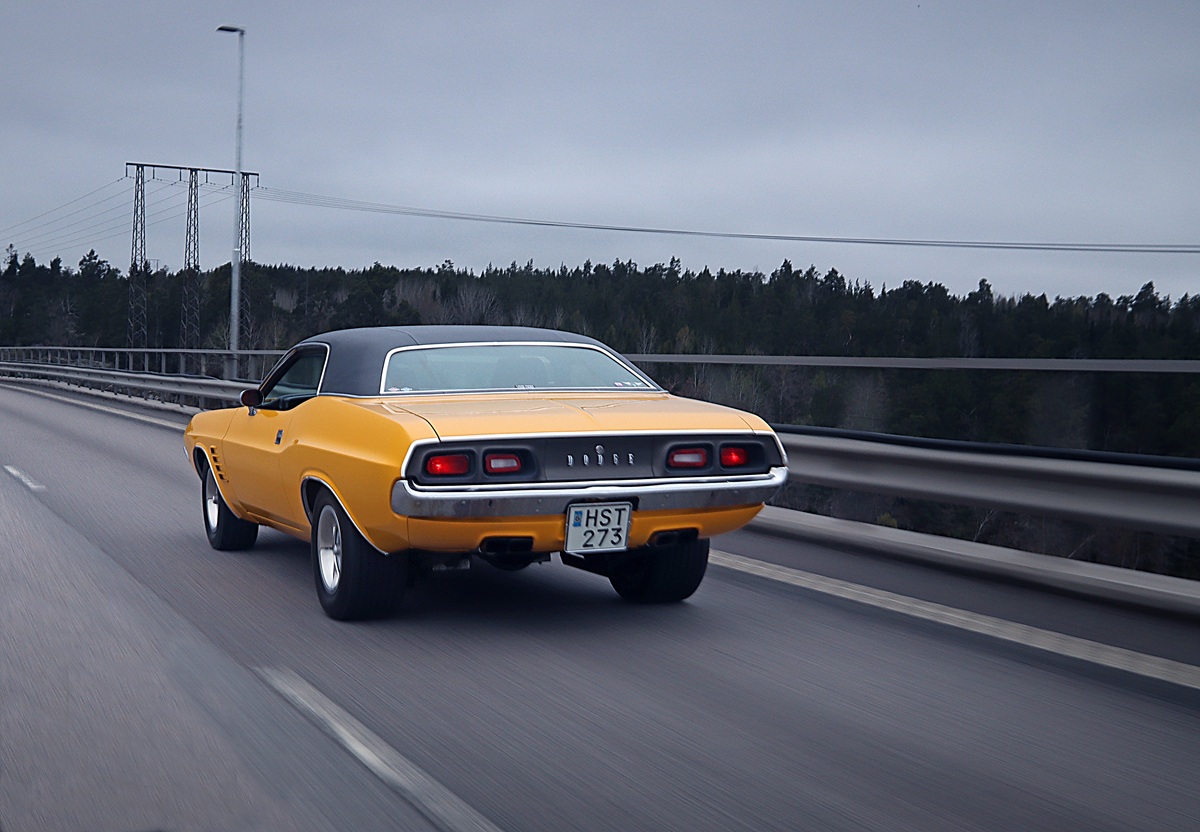
“Back in the day, with four gears, you couldn’t even talk to your passengers while driving,” Svensson says. “I’ve got 4.56:1 gearing in the rear axle, an 8 3/4 unit. Now it’s fine with fifth gear. It has a 0.64:1 ratio, so it’s like an overdrive.”
He takes a breath, then adds that he does occasionally downshift.
“Of course. When my wife talks too long, sometimes I throw it into fourth. She just grins,” Svensson says with a wide smile.
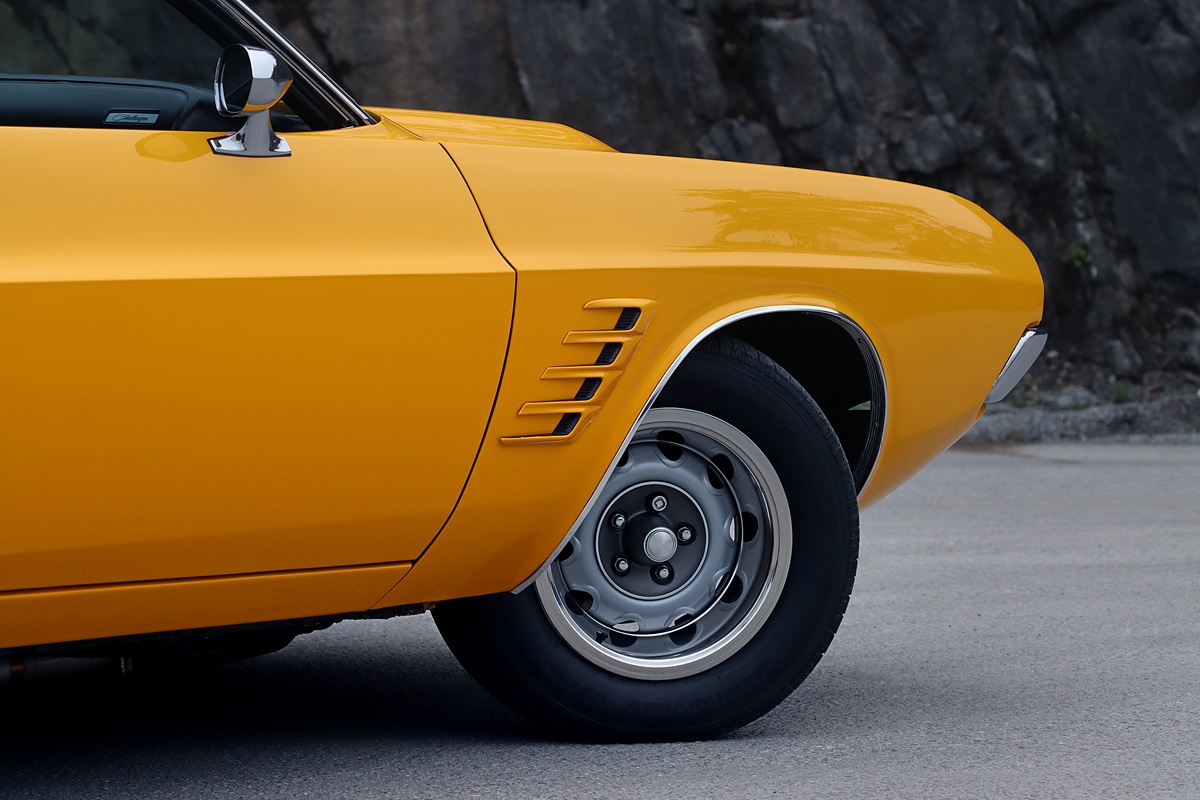
The Challenger has always been yellow – from the day it rolled off the assembly line in Canada to today. But it’s been repainted twice. The latest repaint uses a more modern Mopar® shade: a yellow from the 2008 Dodge Challenger lineup. Svensson says he likes the current color best.
So how does the car drive? Svensson laughs.
“Terrifying! It tracks a lot. It has 295s in the rear, 245s up front. I moved the leaf spring perches inward a few years ago to make room for wider wheels in the back. Maybe that’s affected the handling… who knows. I especially remember one trip in Gotland when I was younger. I downshifted and floored it,
and the Challenger jumped from the right lane to the left. Yeah… these days, I don’t go full throttle when people are nearby. When I was young, I just dealt with it when stuff happened. Now I think ahead,” Svensson says.

And the future of the Dodge? It might just stay in the family. His grandchild turns 18 in a decade – driving age in Sweden. For now, they’re tempted with joyrides in the Challenger and ice cream breaks.
“The Challenger barely costs anything to keep. And the car is a family member,” Svensson says.
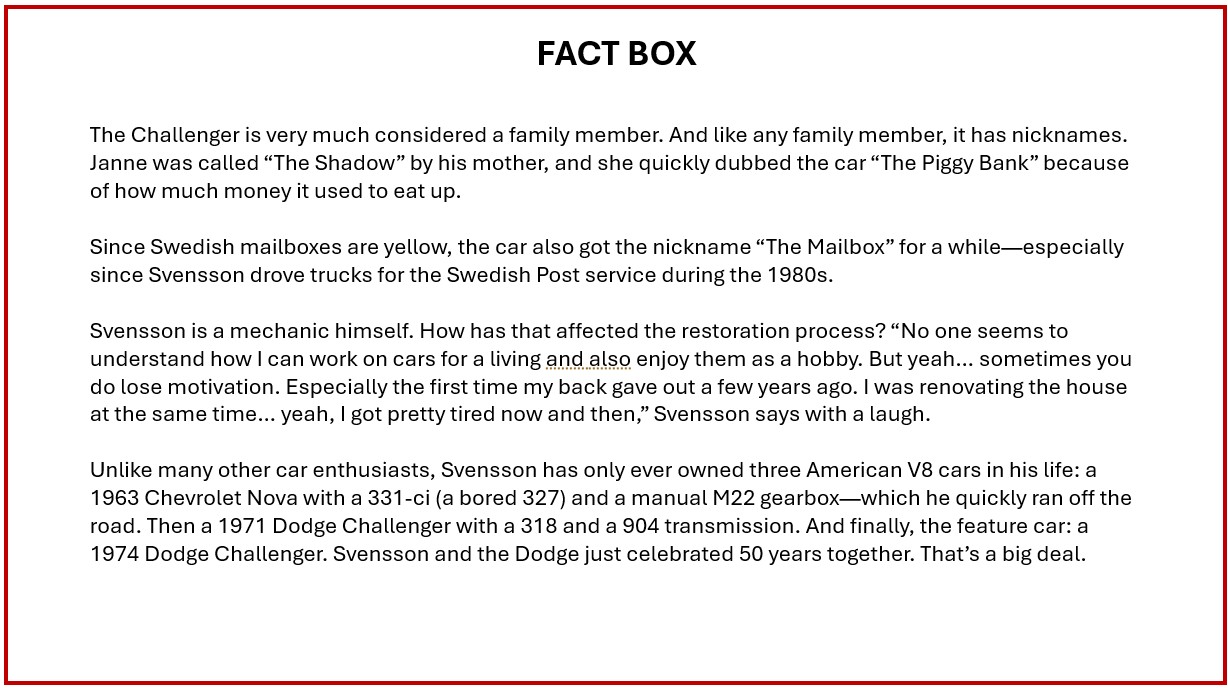

0 Comments